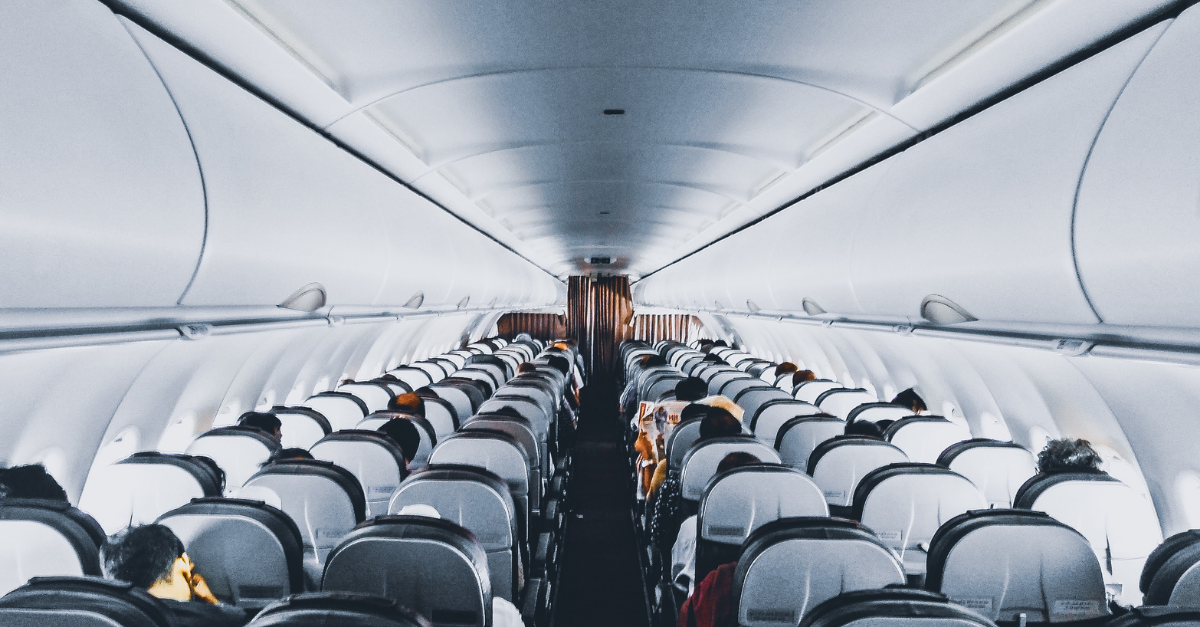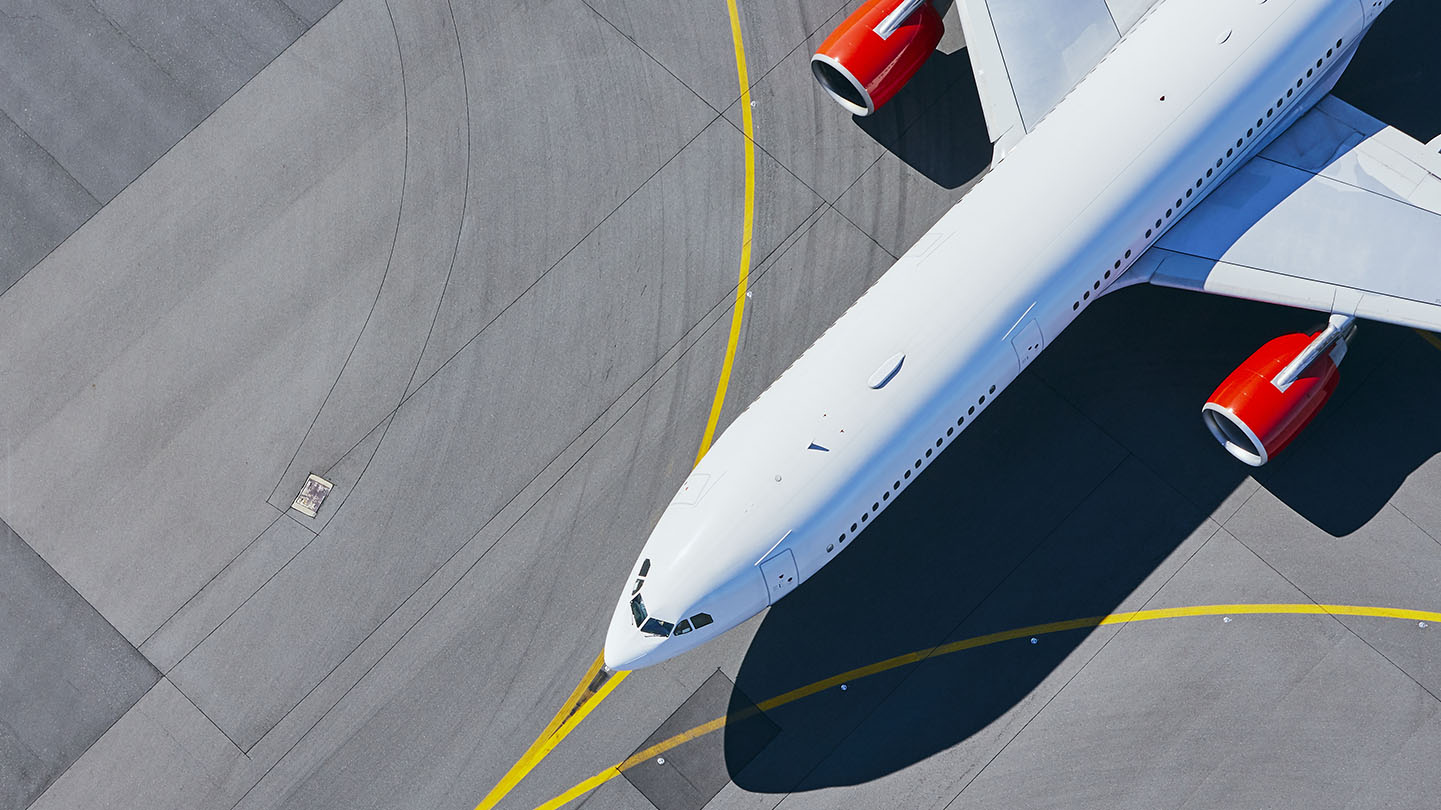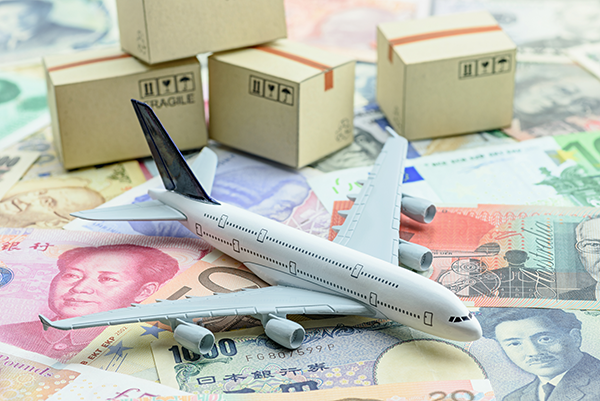Has covid permanently affected airlines?
It is a very scary question and one that will not be answered completely for a few years. In the short term as countries enact their vaccination programs and enable their economies to open there will be a “sugar high” for domestic leisure and even some business air travel. Many believe that we will recover by 2024, but will air travel in 2024 get back to 2019 levels?
We, business people, are far more optimistic than pessimistic. We all believed that travel in 2022 would be closer to 2019 levels than 2020. However, that has not been the case. International travel will be delayed in getting back to “normal” and many countries like Japan, due to covid variants, will be struggling over the next year.
There are several other factors that airlines will be facing over the next few years.
The first is the debt levels. Many of the airlines are burdened with a debt load that will substantially affect new investments and innovations. According to McKinsey, debt could be as large as $1.1 trillion by 2024. Another factor will be future government regulation. If governments make it too onerous to travel, many travelers will choose other options. Moreover, are travelers fearful of traveling on planes, for fears of new infections? As we have seen here in the United States there have been many instances of “issues” on flights around the requirement for masks.
We have seen that in many of the countries doing better with the pandemic, there has been a bounce-back in air travel. That has certainly been the case with leisure travel but will it also be the case with business travelers? Airlines are hoping that there will soon be widespread fatigue with video conferencing. Again, there is fatigue, and we will see a tremendous rebound domestically for business travel. Will 2024 snap back to 2019 levels? – That question will remain open. Many companies will get their teams on the road to see their customers and prospects in person, but many organizations will not likely go back to 100% business travel, since it means adding far more to the cost of sales.
Not all is negative, as there are tailwinds for us all to get out there and see the world again. Delta just announced a profit, the first since the pandemic started, and saw a rebound in business travel as well. As airlines get their planes back in the air, there is a fantastic opportunity that has resulted from the pandemic. The remarkable growth in e-commerce, as a result of the pandemic, has created an astonishing opportunity for airlines to generate additional revenue with low investment and tremendous ROI. By utilizing the belly space for e-commerce packages, airlines have a new way to grow revenues, be innovative and reduce debt through e-commerce package shipping.
There are many open questions as the airline industry deals with the pandemic. And not many of us believe it will be like it was in 2019 soon. Hope always springs eternal but we business people not only need to be optimistic but data-driven. Changes are coming, and with any change comes opportunities. It will be the airlines that are adaptable to change that will thrive and survive.














